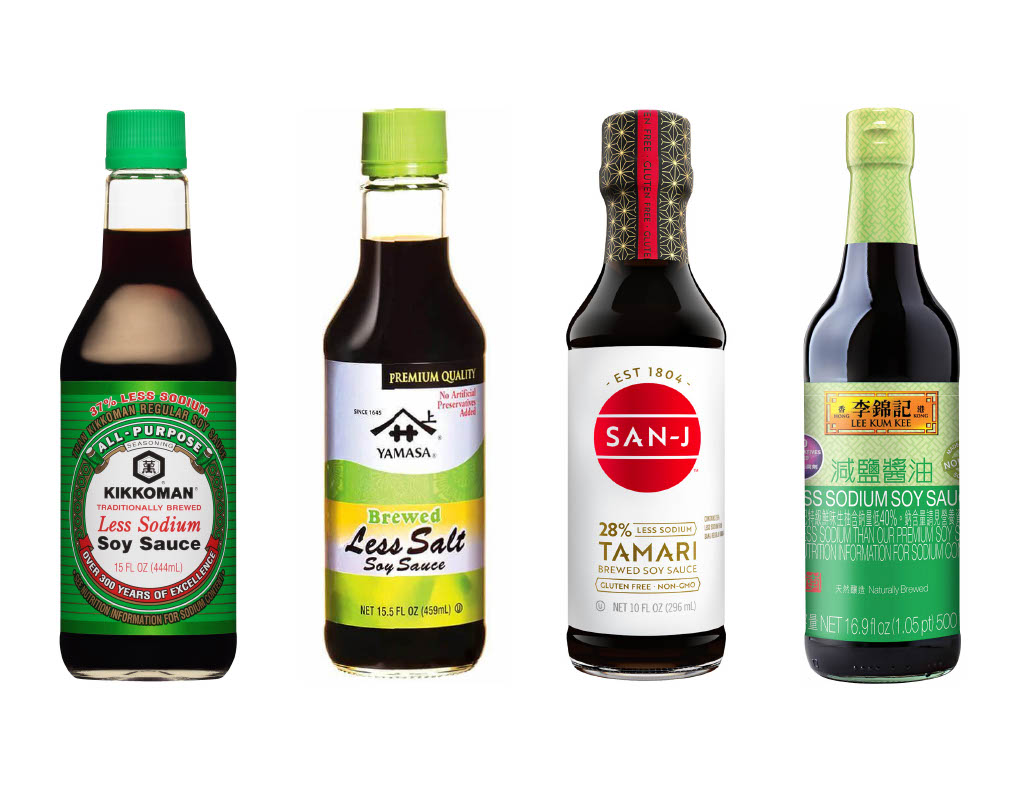Low Sodium Soy Sauce: A Healthier Alternative
Last October, American food professionals visited fermented food producers to deepen their knowledge of Japanese fermentation culture during the “Hakko Tourism in Japan” tour campaign. As part of the tour, organizers held a tasting session where guests gave candid advice from the perspective of the American market to food product manufacturers looking to enter the United States market.
For better or worse, salt is both a primary cooking ingredient in the food world for enhancing taste and a basic building block of life itself. But, whether by doctor’s orders or personal preference, plenty of people are watching their sodium intake.
And for that, low-sodium soy sauce provides a versatile solution, adding flavor with fewer health risks. Low-sodium soy sauce is popular in Japan and is gaining traction in many other regions, too.
But how is low sodium soy sauce made? And how is it best enjoyed?
Categories and production methods for low-sodium soy sauce
There are Actually two types of low-sodium soy sauce, categorized based on salt content.
The most common category, labelled in Japan as “low sodium soy sauce,” contains 50% or less sodium compared to typical soy sauce (9g or less per 100g).
Meanwhile, so-called “less-sodium soy sauce” contains between 50% and 80% of the salt content of regular soy sauce. These sauces are the middle ground between regular soy and the low-sodium variety, and is referred to as usu-shio, asa-shio, or ama-shio on the Japanese market.
Since sodium product’s content can still vary wildly even within these categories, Japan’s Food Labelling Standards require that the degree of salt reduction be specified directly on the label, as compared to regular soy sauce where this is not required.
So how is low sodium soy sauce made?
It’s often thought that the amount of salt is reduced at the preparation stage, but that’s not quite how the process really works.
Using a special desalination method, salt content is removed from normal soy sauce in an attempt to maintain the soy sauce flavor and aroma even as salt content is reduced. Preparing the soy sauce with low salt content from the start would allow bacteria to proliferate and lead to off flavors, and so the sauce must first be prepared by normal methods before removing the desired amount of sodium.
How to get the most out of low-sodium soy sauce
By their very nature, these lower sodium soy sauce varieties taste less salty, which can contribute to consumers using more of the product to achieve desired flavors in their meals. This can result in the amount of sauce used “canceling out” the low sodium benefits. There are, however, some ways around this conundrum.
The first is using sai-shikomi soy sauce.
While koikuchi soy sauce has a salt content of roughly 16%, sai-shikomi soy sauce has a lower proportion of roughly 14%. Its salt content is equivalent to less sodium koikuchi soy sauce.
Meanwhile it uses around twice the amount of soy beans and wheat, granting it a richer umami flavor. This translates to more satisfying flavors even when the sauce is used in lower quantities, achieving an overall reduction in sodium while still making meals taste great.
If you’re still intent on using low-sodium or less-sodium soy sauce, you can add more flavour to your meal by adding rice vinegar or fruit juice to increase acidity, or by adding herbs and spices. Increasing potassium intake can also blunt the negative effects of excess sodium, so high-potassium ingredients in your cooking can help to counteract that extra splash or two of soy.
Of course, delicious food is one of life’s greatest pleasures, so living a well-balanced lifestyle that permits us to use normal soy sauce in moderation may be the greatest soy sauce hack of all.

Keiko Kuroshima, the world's first soy sauce sommelier and certified sensory inspector, hails from Japan's soy sauce production hub in Shodoshima. She co-authored a book on the island's breweries and is the only female among the three soy sauce sommeliers worldwide. Her expertise and passion elevate soy sauce appreciation globally.

